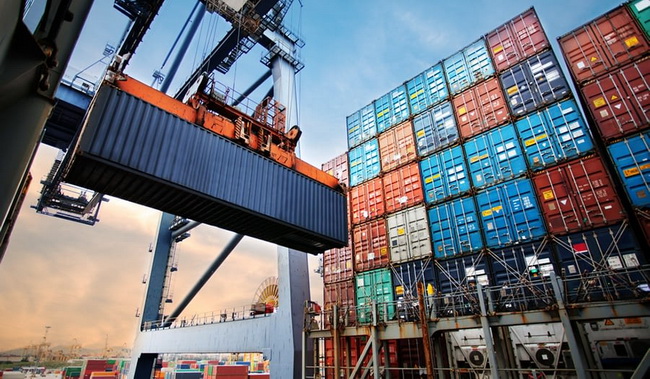Freight forwarding is a rather complicated process. It encompasses so many elements. It’s a big mistake to think that cargo transportation implies only the very transportation. You are to think about proper packaging, the right insurance, and the most optimal routes. No wonder, experienced business owners prefer to deal with professional forwarders who are ready to organize the whole process from start to finish.
Nowadays intermodal transportation becomes more and more popular because of several reasons. They are the following:
- Cheaper prices;
- It’s good for any type of company of any size;
- It is able to meet the needs of the most demanding clients;
- It allows you to ship goods and products even to the most remote areas.
Yet, there is one thing about intermodal transportation that is able to drive crazy even competent forwarders. It’s about drayage. It is a term utilized by the shipping, distribution and logistics sectors. It implies the process of transporting goods over short distances in between the long hauls of intermodal transport. Sometimes the drayage may also imply trucking to the final destination. The mode of transport can be versatile. It may be trucks, ships, or even rails to carry out this short journey.
Moreover, you are to consider that drayage fees are rather volume. It’s not a cheap thing. The costs encompass the expense of unloading and moving your trade show material from the entrance dock of a venue or fairground to your booth before the show and also back to the dock after the show ends. The fees also include handling and storing empty tradeshow material crates and pallets during your show or conference. It’s necessary to keep in mind that these fees are added to the traditional shipping fees. They may vary from location to location. Their size depends on the type of your cargo, as well as on the total distance.
There are several types of drayage you should know about. The most popular of them are the following:
- Inter-carrier.
In this case, there are several carriers who transport your cargo.
- Intra-carrier.
It’s necessary to deliver your items between different freight terminals owned by the same company
- Pier.
It’s is specific to the transport of containers between railway terminals and seaports.
- Door-to-door.
The items are delivered directly from the warehouse to the final consumer.
- Expedited.
It implies extra fast delivery.
- Shuttle.
It happens when the warehouses are extra crowded and there is no empty space for your items. Then, containers are placed at parking spots, for instance.
Drayage may become a rather challenging task for you if you face it for the first time. No wonder, it’s better to entrust the whole process to professionals. They are to pick up the most convenient and profitable vehicles or make up the most optimal routes. It’s better to cooperate with a firm with a good reputation and high ratings. Otherwise, you just risk losing your items in the dock. So, freight forwarding is not an easy thing. If you want to receive all your goods and products on time, it’s better to hire professional and skillful brokers. They are to deal with all possible aspects, including drayage difficulties.

